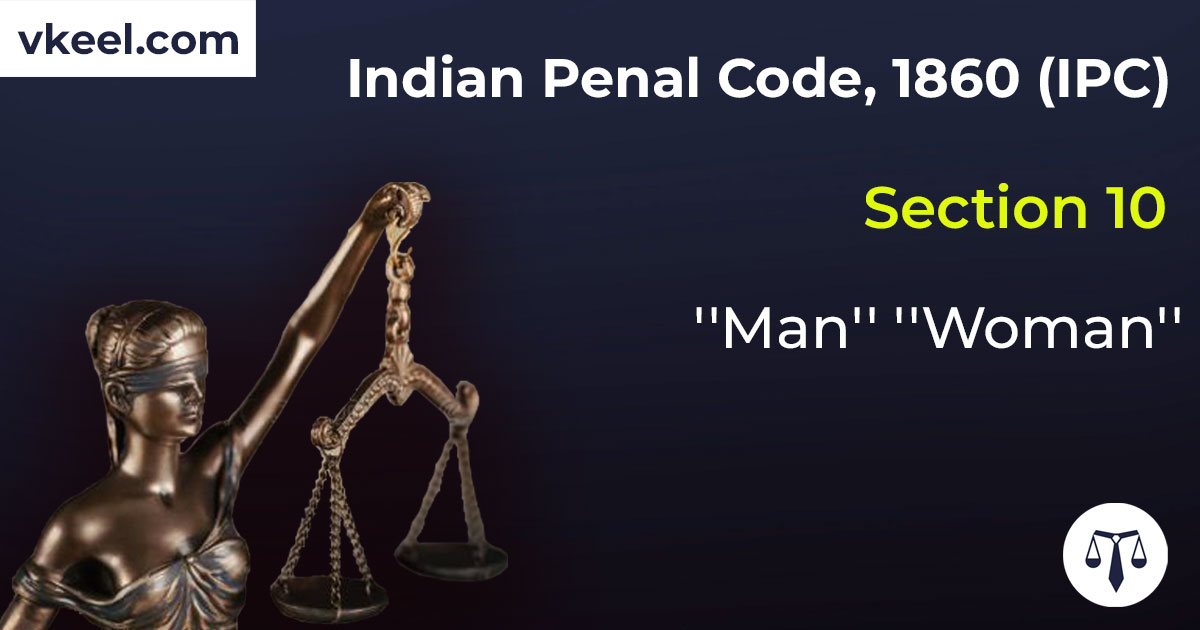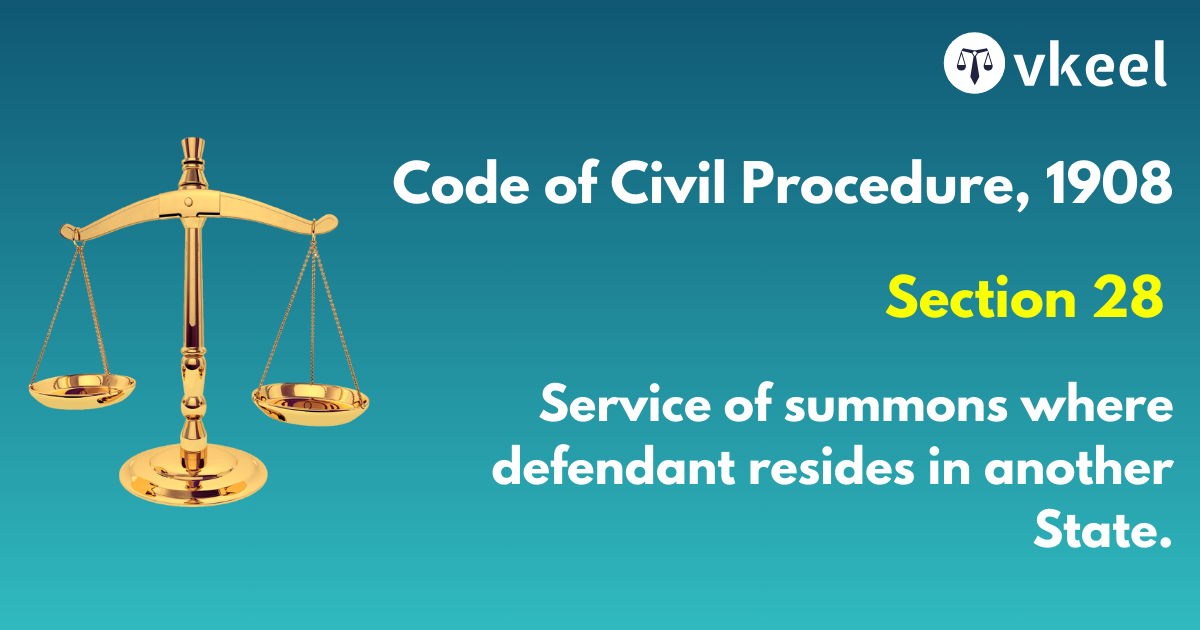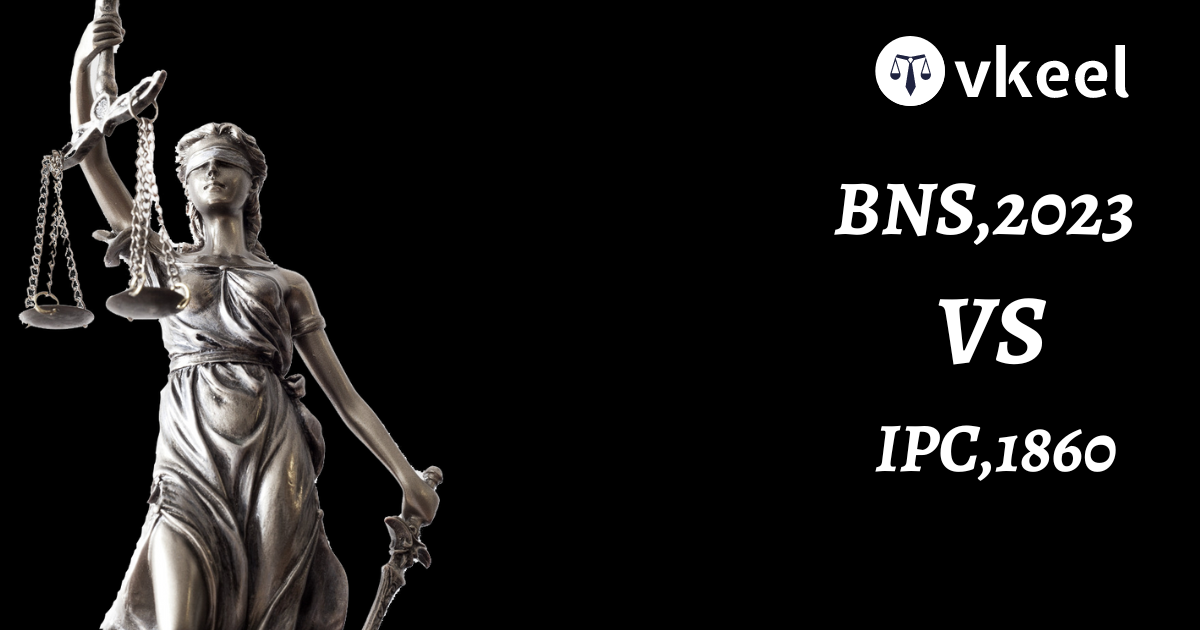Section 10 Indian Penal Code 1860 (IPC) – ”Man” ”Woman”
By Vkeel Team
Table of Contents
Description
“Section 10 Indian Penal Code 1860 (IPC)”
The word “man” denotes a male human being of any age; the word “woman” denotes a female human being of any age.
Introduction
The Indian Penal Code (IPC) is the principal criminal code of India, which defines various criminal offences and prescribes the punishments for the same. The code was first enacted in 1860 and has undergone several amendments since then. Section 10 of the IPC defines the terms “man” and “woman” in the context of the code.
Section 10 of the IPC states that “The word ‘man’ denotes any person who is male, and ‘woman’ denotes any person who is female.” This section implies that the terms “man” and “woman” are not restricted to biological characteristics alone but also include individuals who identify as male or female.
It is worth noting that Section 10 of the Indian Penal Code provides a narrow definition of “man” and “woman” that is limited to biological sex. This means that the IPC does not currently recognize or provide legal protection for individuals who identify as non-binary or transgender. However, there have been calls for the IPC to be amended to include gender-neutral language and to provide legal protection for individuals who do not conform to traditional gender binaries.
Implications of Section 10 of IPC 1860
Section 10 of the IPC has far-reaching implications in various aspects of the law, including criminal law, family law, and other civil laws. Let’s take a closer look at some of these implications.
Criminal law:
Section 10 has significant implications in criminal law, especially in cases of sexual offences, where the gender of the victim and the offender is a crucial factor. The definition of “man” and “woman” in the IPC includes individuals who identify as male or female. Therefore, any person who identifies as a woman, regardless of their biological characteristics, will be considered as such under the law. This is a crucial step towards recognizing and protecting the rights of the transgender community.
Family law:
Section 10 also has implications in family law, where the terms “man” and “woman” are used in various provisions. For instance, in cases of marriage and divorce, the gender of the parties involved is crucial. The definition of “man” and “woman” under the IPC includes individuals who identify as male or female. Therefore, any person who identifies as a woman, regardless of their biological characteristics, can enter into a legal marriage with a man or a woman, as the case may be.
Civil law:
Section 10 also has implications in other civil laws, such as property law and inheritance law. In cases where the gender of the parties involved is relevant, the definition of “man” and “woman” under the IPC includes individuals who identify as male or female. Therefore, any person who identifies as a woman, regardless of their biological characteristics, can inherit property or other assets as a woman.
Conclusion
Section 10 of the Indian Penal Code defines the terms “man” and “woman” in the context of the code and includes individuals who identify as male or female. This section has far-reaching implications in various aspects of the law, including criminal law, family law, and other civil laws. The inclusion of individuals who identify as transgender under the definition of “man” and “woman” is a crucial step towards recognizing and protecting the rights of the transgender community.
Despite these developments, there is still a long way to go in terms of addressing gender-based discrimination and violence in India. The strict enforcement of existing laws and the creation of new laws and policies that promote gender equality and justice are crucial in ensuring that all individuals are protected under the law, regardless of their gender identity or expression.
Desctiption Source: indiacode
Disclaimer:
The information provided in the article is for general informational purposes only, and is not intended to constitute legal advice or to be relied upon as a substitute for legal advice. Furthermore, any information contained in the article is not guaranteed to be current, complete or accurate. If you require legal advice or representation, you should contact an attorney or law firm directly. We are not responsible for any damages resulting from any reliance on the content of this website.












